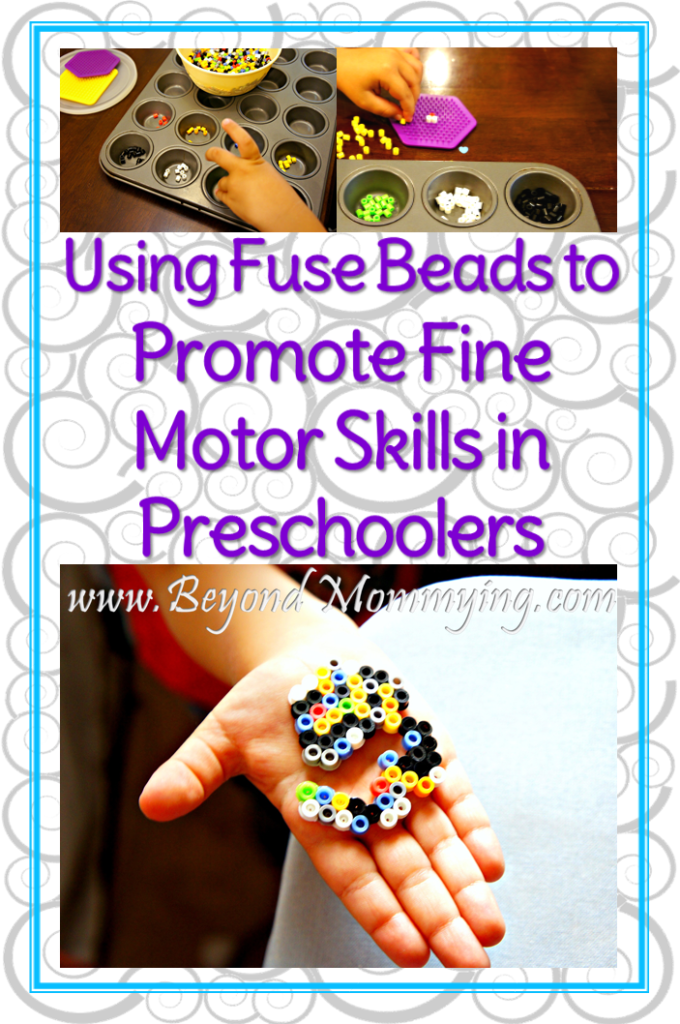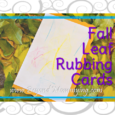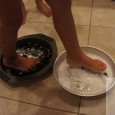The preschool years, between ages 3 and 5, are a time of great learning and development. It’s during this time that many children begin to understand the world better and begin grasping many academic concepts such as letters, numbers, shapes and colors.
Note: This post contains affiliate links and images meaning if you click any product link and make a purchase, Beyond Mommying may receive a small commission which is used for the upkeep of the website; however, it will not affect your purchasing experience in any way. Read more about our use of affiliate links.
And while many parents and teachers place a lot of value and emphasis on these academic skills, there are a lot of other important developmental skills children need to work on during this time as well. Gross motor movements, self-care, social-emotional skills and fine motor skills may not look as impressive as being able to read, write their names or do basic math, but these skills are crucial not only to body and life-skills development, they’re also necessary for future academic success.
Fine motor skills (in-depth definition), specifically during the preschool years, help with reading readiness and getting ready to hold a pencil and write neatly.
Using Fuse Beads are one great way to promote fine motor development in preschoolers while also letting kids be creative and creating an art piece for them to keep.
Fuse beads have been around a long time (I remember creating with them as a little girl!) and are a pretty basic concept requiring only two items: the fuse beads and a peg board (plus and iron and parchment paper for the adult part).
Affiliate Links
But another thing I love about fuse beads, especially for fine motor development, is that you can make it a multi-step process that uses different fine motor skills.
I always start playing with fuse beads by sorting them by colors. This promotes a preschooler’s fine motor development by not only using their hands and fingers (usually with that important pincer grasp that begins during the later infant stage), it also requires preschoolers to notice and match the colors of the beads and be deliberate with where they’re putting them.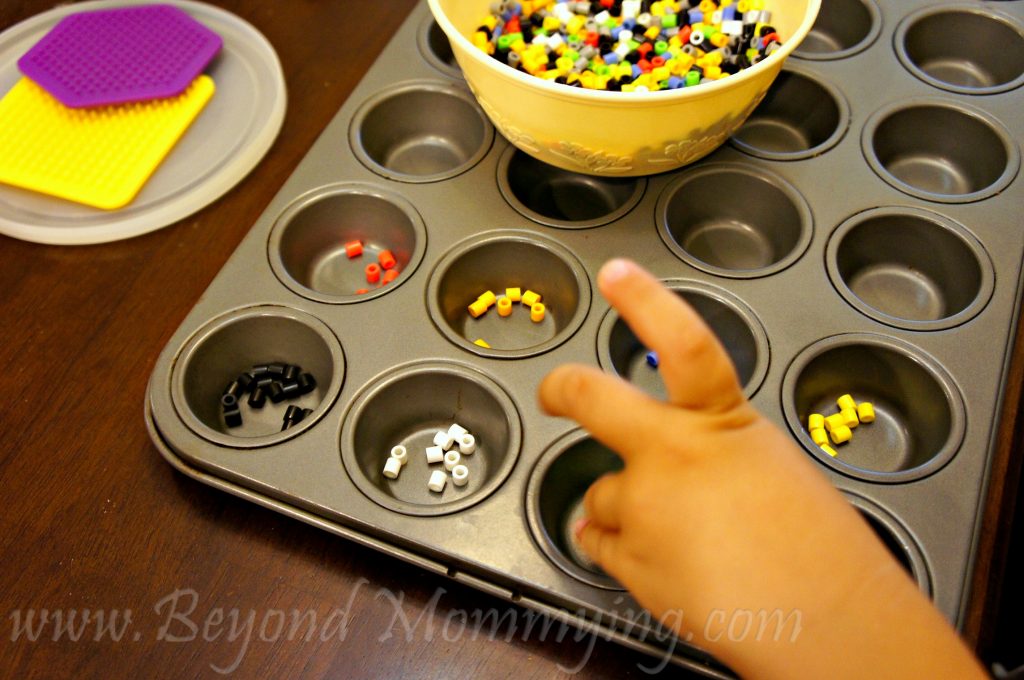
We only sort until my kids get bored with the task and we never get all the beads sorted but sorting also requires some amount of planning ahead and problem solving as you can’t just grab a handful and start dropping, you have to be deliberate with how you go about grabbing and sorting.
After they’re bored with sorting, we move on to the creating part. I let my preschooler pick a pegboard and start creating his/her masterpiece. There is no right or wrong way to place the fuse beads other than them needing to be on the pegs (not between) and that all the beads must touch in order to fuse together.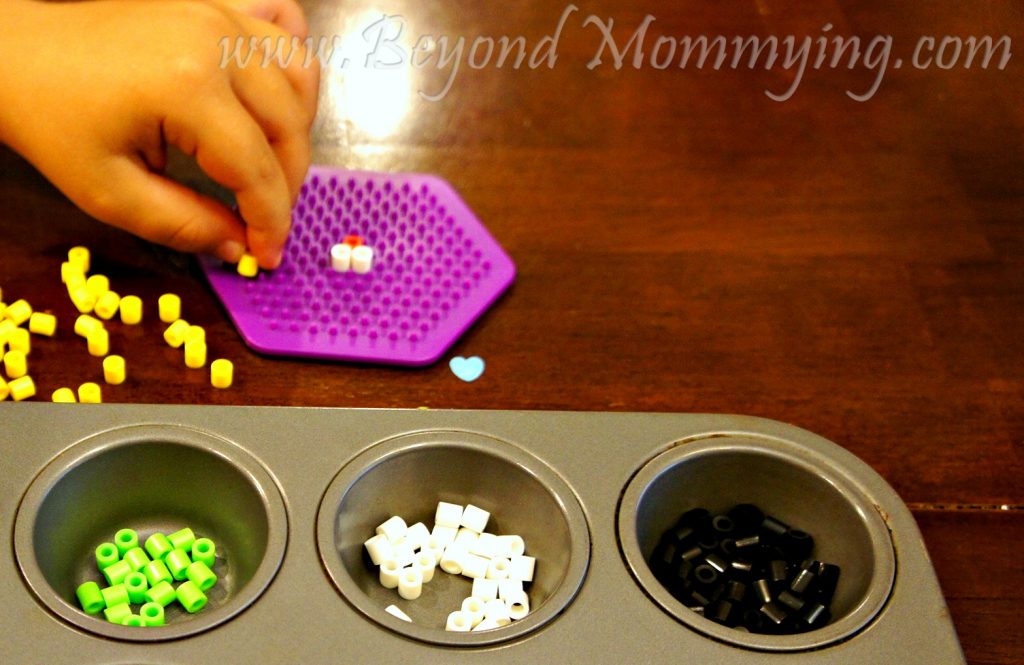
Again, I only have my kids create until they’re bored with placing the beads. If when they’re done there are gaps in their creation, I will encourage (and/or help) them to fill the gaps before we fuse the beads. Even my older kids rarely cover the entire board.
To fuse the beads, simply cover with the provided paper (or use parchment paper) and iron until the fuse beads melt together. The more melted together the beads get, the stronger the piece will be, though bending it between the beads can break the bond.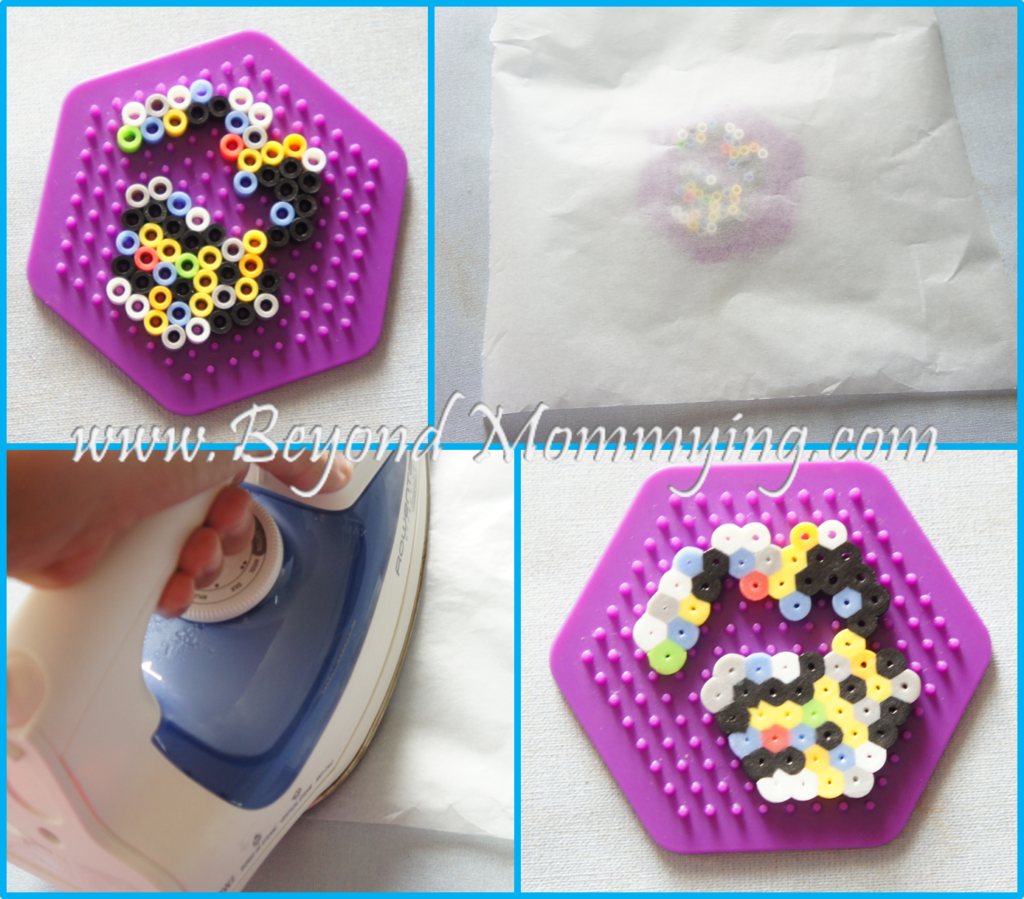
When completed, you’ll have a one-of-a-kind creation that can be used for any number of things from art display piece to jewelry or incorporated into pretend play or as a gift for a special friend.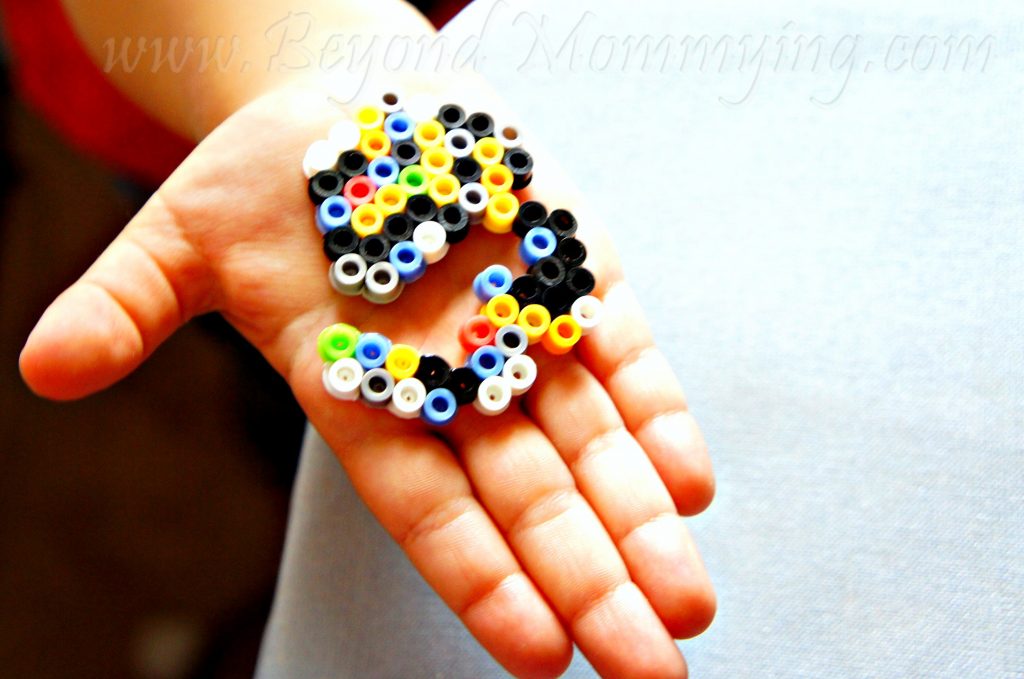
We use the standard size fuse beads and it is very challenging for my 4-year-old, but in a good way as the beads were not overwhelmingly frustrating for him. There are also bigger bead sets available geared towards younger children or children with less developed fine motor skills:
Affiliate links

